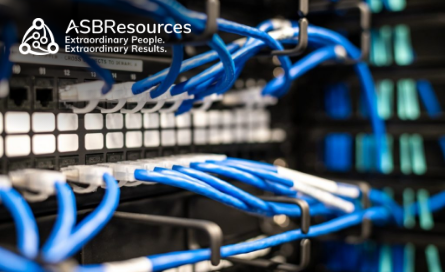
Data-Driven Storytelling
Today, data is essential in all businesses. It is with data that we can recognize trends and patterns and then create solutions, products and services. However, data is becoming exponential so trying to decode raw data in a way that clients, top management, or other stakeholders can understand is a challenge.
Data-driven storytelling is the technique of combining complex data with human communication to create a compelling storyline backed by facts. It employs data visualization tools to express the meaning of the data in an effective and meaningful manner to the end user.
Data-driven storytelling is a way to use facts and data to persuade or influence buyers or business partners to make a desired choice.
What is the Purpose of Data-Driven Storytelling?
Data-Driven Storytelling Adds Value to Findings
Before data can be packaged into a form that the user can easily understand, it is of no value to them. Through data-driven storytelling, it is trimmed and transformed to give it context and meaning.
How? By having a content creation process. The first step is knowing your target audience. Once you know whom you are trying to appeal to, you can identify the tools to use and the platforms to engage them. You can then use this information to develop a rollout plan, distribution strategy, and long and short-term goals.
Data-Driven Storytelling Captures the Audience's Attention
Clients and Business users are more likely to pay attention to summarized data that includes engaging visuals like charts, graphs, or tables. As data can be a mundane topic to those who are not entrenched in it, because of this it is vital to pass on messaging in a clear and concise manner.
It Can Increase Rate of Conversion
In the scenario of relaying data to a potential customer or consumer, it is essential that the audience understands the message you are trying to get across. Focusing data on relevant insights and distributing that information in an easily understandable way can increase the chances of the consumer making a purchase or keeping your brand in mind when services are needed.
Data-Driven Storytelling is Multipurpose
Because the data is in the form of charts, tables, graphs, diagrams, it can be repurposed and included on your social channels, for example, the landing page on your website, YouTube channel, Twitter, or Facebook. People are more likely to engage in a post that has an image or an infographic rather than raw stats.
Best Practices for Telling an Effective Data Story Using Data Visualization
Establish Your Goals and Your Audience
It is essential to know how much the audience knows about the data in question. If they are learning about this information for the first time, your goal is to introduce them to a new concept. Therefore, it would be best to make it as simple as possible, perhaps on slides with short bullet points.
Build A Persuasive Narrative
To reel the audience in, begin with a strong statement that will instantly capture their attention. This can be a trend, a statistic, or a comparison. For example, ‘Did you know that 80% of businesses fail within their first year of establishment?’ You have used data to establish credibility and to get them listening.
Make Your Data Story Thought-Provoking and Personal
Your goal should be to show the audience how they are directly or indirectly affected by the topic at hand. Where possible, use specific examples or a case study. In business scenarios, tying data to a specific business goal or desired result can draw more attention to the information provided.
Select the Best Data Visualization Method
There are numerous ways to present data—for example, tables, line graphs, maps, or even text. Your choice of tool depends on the kind of data you are dealing with and the message you are trying to get across. For example, if you speak about infection rates in a continent, it would be easier to use a map and colors to highlight low and high-risk countries.
Adhere to Visual Design Best Practices
The easiest way to approach data-driven storytelling is to go by two rules: simplicity and conciseness.
The simpler the message, the more engagement it will get. When people understand your message, they are more likely to engage and consider you an authority on the topic. Also, aim for conciseness. It saves time and lets you cover a broad topic in a short amount of time. Also, you can maximize the limited window before your audience loses interest.
Data-driven storytelling is ideal because it gives you the tools to thoroughly engage your audience while establishing your business as an authority figure.
Are you interested in using your raw data to come up with well-packaged insights and findings? Then, schedule a call with one of our experts today!







